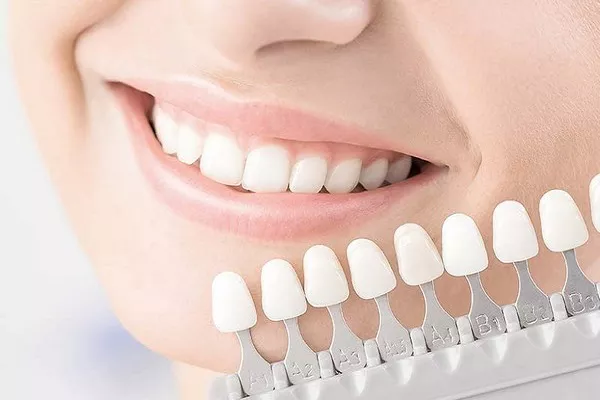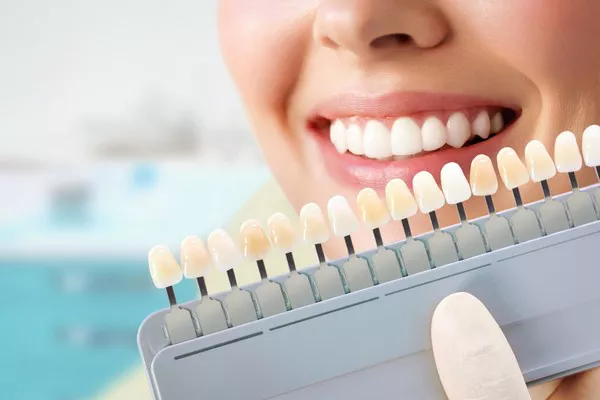Dental fillings are a common and essential part of restorative dentistry, addressing cavities and preserving the structural integrity of teeth. For individuals who undergo this routine procedure, a common question arises: How long does a dental filling last? In this comprehensive exploration, we will delve into the factors influencing the lifespan of dental fillings, the different types of filling materials, signs of filling deterioration, and measures to prolong the longevity of dental restorations.
Understanding the Lifespan of Dental Fillings
The durability of a dental filling is influenced by various factors, and it’s important to recognize that fillings are not permanent. Over time, they may wear down, degrade, or require maintenance. The lifespan of a dental filling depends on the following key considerations:
Filling Material:
The type of filling material used significantly affects its longevity. Common filling materials include amalgam (silver fillings), composite resin (tooth-colored fillings), ceramic, and gold. Each material has distinct properties that influence how well it withstands wear and tear over time.
Size and Location of the Filling:
The size and location of the cavity being filled play a crucial role in determining the lifespan of the restoration. Larger fillings may experience more stress and wear, especially in areas subjected to significant chewing forces.
Oral Hygiene Practices:
Maintaining good oral hygiene practices is paramount for the longevity of dental fillings. Regular brushing, flossing, and routine dental check-ups help prevent decay and deterioration around the filling.
Bite Force and Habits:
The force with which an individual bites and any habits like teeth grinding (bruxism) can impact the lifespan of fillings. Excessive force or grinding can accelerate the wear and breakdown of fillings.
Dietary Habits:
Dietary habits, particularly the consumption of sugary and acidic foods, can contribute to the degradation of fillings over time. Such foods may lead to increased bacterial activity and decay around the filling.
Dentist’s Skill and Technique:
The skill and technique of the dentist performing the filling procedure influence its longevity. A well-placed filling by a skilled dentist is more likely to last longer.
Overall Oral Health:
The general health of the patient’s teeth and surrounding tissues plays a role in the lifespan of fillings. Individuals with good overall oral health are likely to experience longer-lasting dental restorations.
Types of Filling Materials and Their Longevity
Amalgam Fillings:
Amalgam fillings, often referred to as silver fillings, have been used for decades and are known for their durability. They withstand the forces of chewing well and have a relatively long lifespan. Amalgam fillings can last 10 to 15 years or more with proper care.
Composite Fillings:
Composite resin fillings, also known as tooth-colored or white fillings, are aesthetically pleasing and bond directly to the tooth. While they are durable, composite fillings may not last as long as amalgam fillings. On average, they can last 7 to 10 years, but their lifespan is continually improving with advancements in dental materials.
Ceramic Fillings:
Ceramic fillings, often made of porcelain, are resistant to staining and provide a natural appearance. They are highly durable and can last 10 years or more. The lifespan of ceramic fillings is comparable to that of amalgam fillings.
Gold Fillings:
Gold fillings, though less common today, are prized for their durability and biocompatibility. Gold fillings can last 15 years or more, making them one of the longest-lasting filling options.
Signs of Filling Deterioration
While dental fillings are designed to be durable, they are not immune to wear and tear. It’s essential to be vigilant for signs of filling deterioration and seek prompt dental attention if any of the following issues arise:
Pain or Sensitivity:
Persistent pain or sensitivity around a filled tooth may indicate issues with the filling, such as decay, a loose filling, or a cracked tooth.
Visible Damage:
Inspect your fillings regularly. If you notice any visible damage, such as cracks, chips, or wear, it’s crucial to consult with your dentist.
Discoloration:
Discoloration around or on the filling may suggest decay or deterioration. This is particularly relevant for tooth-colored fillings.
Rough Edges:
If the edges of the filling feel rough or uneven, it may indicate wear or breakdown of the filling material.
Pain While Chewing:
Pain or discomfort while chewing may signal issues with the filling, such as an improper bite or a filling that is breaking down.
Swelling or Redness:
Swelling or redness in the gums around a filled tooth may be a sign of infection or decay. In such cases, prompt dental evaluation is necessary.
Prolonging the Lifespan of Dental Fillings
While the lifespan of dental fillings is influenced by various factors, there are proactive steps individuals can take to extend the longevity of their dental restorations:
Maintain Excellent Oral Hygiene:
Regular brushing, flossing, and routine dental check-ups are fundamental for oral health. Proper oral hygiene helps prevent decay and deterioration around fillings.
Avoid Excessive Force:
Avoid habits that exert excessive force on your teeth, such as teeth grinding (bruxism). Consider using a mouthguard if grinding is a concern, especially during sleep.
Mindful Dietary Choices:
Make mindful dietary choices by limiting the consumption of sugary and acidic foods. These choices contribute to overall oral health and reduce the risk of decay around fillings.
Regular Dental Check-ups:
Schedule regular dental check-ups to allow your dentist to monitor the health of your fillings and detect any potential issues early on. Early intervention can prevent more extensive problems.
Address Teeth Grinding:
If you grind your teeth, consult with your dentist about possible solutions, such as a custom-fitted mouthguard to protect your teeth from excessive forces.
Replace Old Fillings:
If you have older fillings, especially those showing signs of wear, consider discussing replacement options with your dentist. Preventive replacement can address potential issues before they become more significant.
Follow Dentist’s Recommendations:
Listen to and follow your dentist’s recommendations for aftercare and maintenance. This may include advice on oral hygiene practices, dietary habits, and any additional preventive measures.
Conclusion
In conclusion, the lifespan of a dental filling depends on various factors, including the type of filling material, size and location of the filling, oral hygiene practices, and overall oral health. While dental fillings are not permanent, they can last for many years with proper care and maintenance.
Regular dental check-ups and open communication with your dentist are crucial for monitoring the health of your fillings and addressing any concerns promptly. By adopting good oral hygiene practices, being mindful of dietary choices, and seeking timely dental care, individuals can contribute to the prolonged success of their dental fillings and maintain optimal oral health for years to come.
































